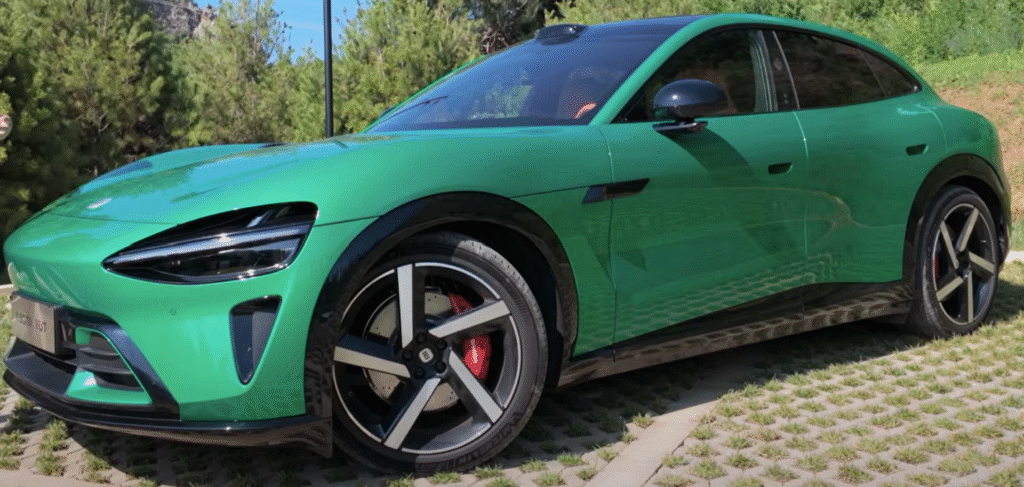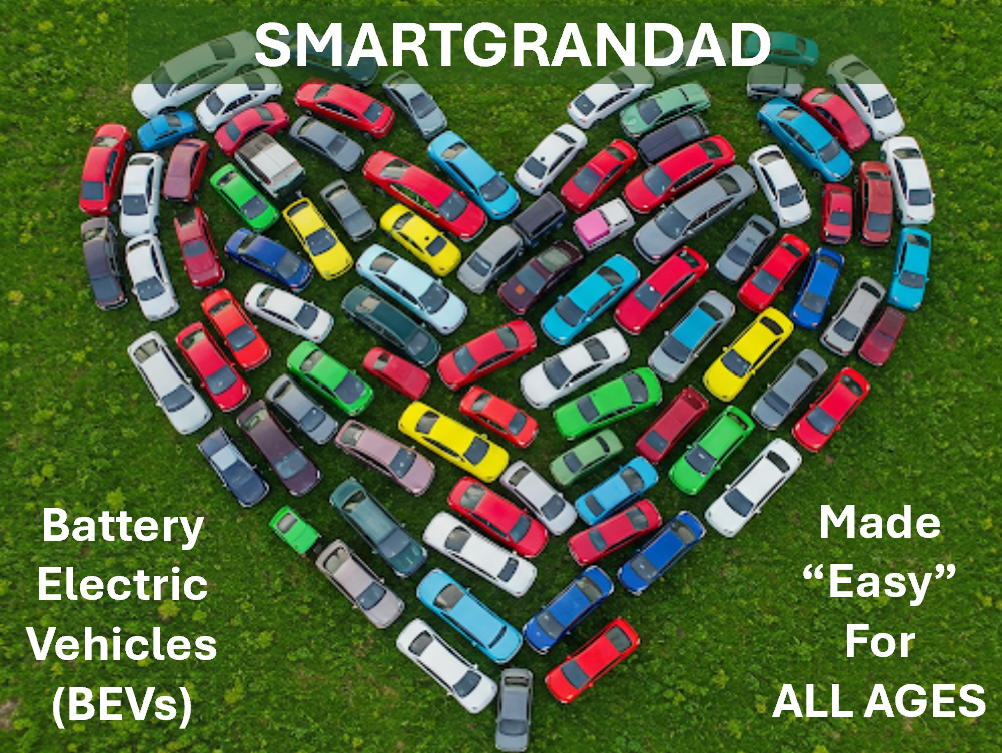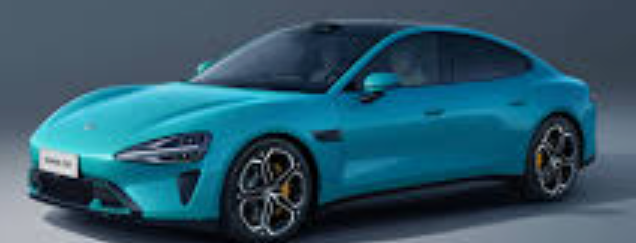Xiaomi YU7

1. Body Style and Size Segment
The YU7 is a mid-size to large luxury crossover SUV with a 5-door, 5-seat configuration. Its dimensions are 4999mm (L) x 1996mm (W) x 1600mm (H), with a 3000mm wheelbase, positioning it against vehicles like the Tesla Model Y and BMW iX.
2. Platform Architecture, Range & Efficiency
Built on Xiaomi’s 800V Modena EV platform, the YU7 utilizes silicon carbide high-voltage architecture. The base RWD model features a 96.3 kWh LFP battery, offering a CLTC range of 835 km. AWD variants (Pro and Max) with 96.3 kWh (LFP) and 101.7 kWh (NMC) batteries achieve 770 km and 760 km (CLTC) respectively. It boasts fast charging, gaining up to 620 km range in just 15 minutes.
3. Technical Capabilities
The YU7 incorporates advanced driver assistance features powered by the NVIDIA Drive AGX Thor platform. This includes LiDAR, 4D mmWave radar, 11 high-definition cameras, and 12 ultrasonic sensors for comprehensive L2+ autonomous driving capabilities.
4. Interior Quality and Storage Capacity
The interior emphasizes luxury with soft-touch materials, a panoramic glass roof, and available Nappa leather “zero-gravity” front seats with massage. Storage is ample with a 141L front trunk, a 678L rear boot (expandable to 1758L with seats folded), and 36 interior storage spaces.
5. App Functionality
Deep integration with Xiaomi’s “Human x Car x Home” ecosystem is central. This includes smartphone-based digital keys (UWB support), remote vehicle control (e.g., AC pre-conditioning), Apple ecosystem integration (iPhone Action Button support, Apple Music, CarPlay with PIN), and watchOS device control. The HyperOS-powered Smart Cabin offers interactive features like animated pet companions.
6. Pros and Cons
Pros:
Impressive range and ultra-fast 800V charging.
Advanced NVIDIA-powered ADAS and smart cabin features.
Spacious interior and large storage capacities (including a generous frunk).
Cons:
Design similarity to existing luxury SUVs (e.g., Ferrari Purosangue).
Potential for initial production woes inherent with new manufacturers.
CLTC range figures may be slightly optimistic compared to WLTP/EPA.
7. Overall Summary
The 2025 Xiaomi YU7 enters the electric SUV market as a strong contender, leveraging Xiaomi’s consumer electronics prowess to deliver a highly integrated and technologically advanced vehicle. While its design might draw comparisons, its competitive pricing, significant range, and extensive smart features, especially its deep ecosystem integration, position it as a compelling alternative to established players like the Tesla Model Y and other domestic Chinese EV SUVs.
Real world range estimates
The table below shows some estimated real-world examples in perfect condition and in conditions needing A/C to heat or cool vehicles. See our range guide to see how the range is affected in real world.
| Range | Consumption | |
|---|---|---|
| 90kmh/56mph perfect condition | 619 km / 385 mi | 16 kWh/100km / 3.9 mi/kWh |
| 90kmh/56mph with 2KW heating | 561 km / 349 mi | 18.2 kWh/100km / 3.4 mi/kWh |
| 70mph/112kmh perfect condition | 521 km / 324 mi | 19 kWh/100km / 3.3 mi/kWh |
| 70mph/112kmh with 2KW heating | 766 km / 476 mi | 20.8 kWh/100km / 3.0 mi/kWh |
| 120kmh/75mph perfect condition | 495 km / 308 mi | 20 kWh/100km / 3.1 mi/kWh |
| 120kmh/75mph with 2KW heating | 457 km / 284 mi | 21.7 kWh/100km / 2.9 mi/kWh |

